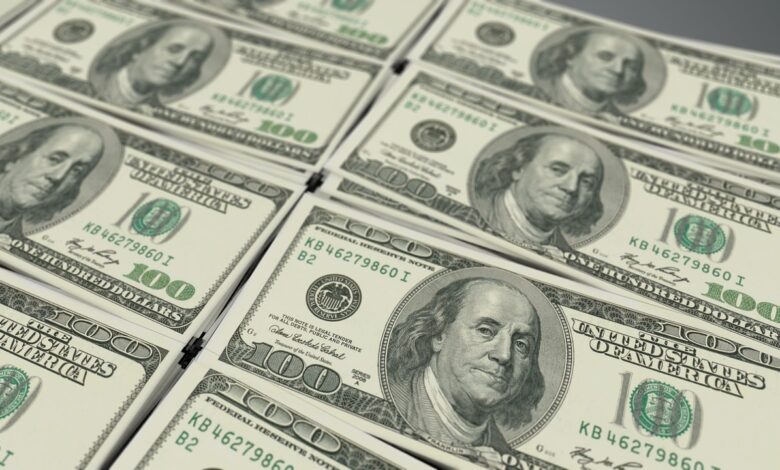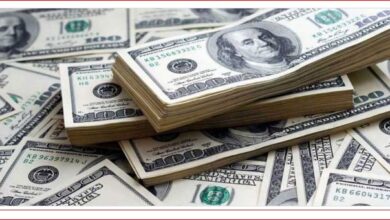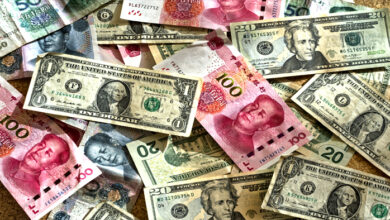The dollar falls as risk appetite recovers.

In early European trading on Tuesday, the U.S. dollar slipped lower, retreating from a 20-year high as global equity market advances boosted risk appetite to the expense of this safe haven.
At 3:15 AM ET (0715 GMT), the Dollar Index, which measures the dollar vs a basket of six other currencies, was trading 0.2 percent down at 103.953, sliding from Friday’s 105 level, its highest level since December 2002.
“Risk assets are anxiously seeking stabilization following seven straight weeks of losses in U.S. stocks,” ING analysts said in a note.
The dollar has fallen from a two-decade high because U.S. bond rates have gone down because traders think that the U.S. Federal Reserve’s plans to raise interest rates quickly in the near future could hurt long-term growth in the U.S.
On Monday, the New York Fed’s Empire State manufacturing index revealed a sharp decline in May, providing signs of a possible economic slowdown in the U.S.
According to research conducted by Goldman Sachs, although the US dollar tends to increase when a recession is on the horizon, its performance is more variable when the recession actually comes.
According to the renowned investment bank, there are two probable outcomes for the euro over the next several weeks. If the global economic forecast improves, the dollar will drop as investors seek riskier assets. But if the world economy goes into a recession, the dollar’s future is uncertain, and the Japanese yen would probably do better than the dollar, as it usually does when the economy is in a downturn.
Investors are now waiting to hear what Federal Reserve Chairman Jerome Powell and other Fed officials have to say later in the day.
EUR/USD went up 0.3% to 1.0460, coming back from last week’s low of 1.0354, which was its lowest level since early 2017. GBP/USD went up 0.6% to 1.2391, coming back from last week’s low of 1.2156. This was helped by news that the U.K. unemployment rate had dropped to its lowest level since the early 1970s.
The exchange rate between USD and JPY went up by 0.2% to 129.37, and the yen also went down as traders chose riskier currencies.
AUD/USD rose 0.7% to 0.7015 following the release of the minutes from the Reserve Bank of Australia’s most recent policy meeting, while NZD/USD rose 0.6% to 0.6344. According to Westpac, New Zealand’s central bank is likely to raise interest rates by a half percentage point at each of its next three policy meetings.
The USD/CNY exchange rate went down by 0.5% to 6.7546. The yuan is trying to get back on its feet after falling more than 6% in a month. There is more hope that Shanghai’s severe COVID-19 lockdown will be lifted soon, which is making people more optimistic.





